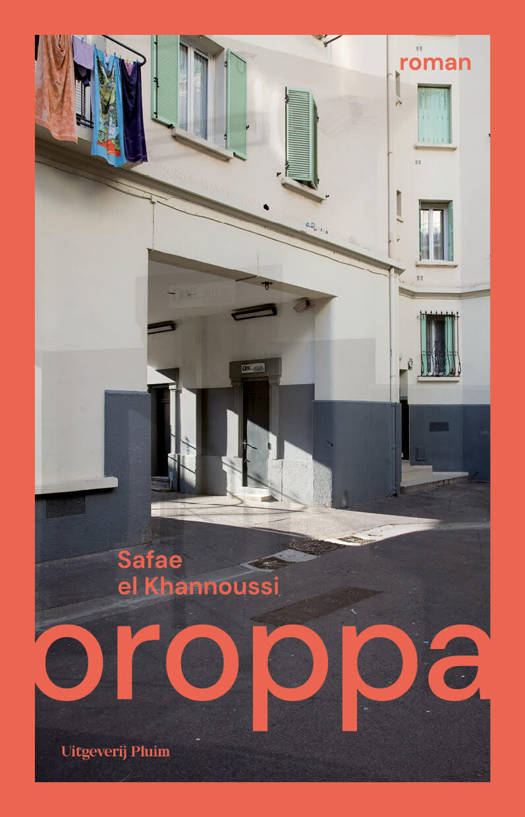
- Afhalen na 1 uur in een winkel met voorraad
- Gratis thuislevering in België vanaf € 30
- Ruim aanbod met 7 miljoen producten
- Afhalen na 1 uur in een winkel met voorraad
- Gratis thuislevering in België vanaf € 30
- Ruim aanbod met 7 miljoen producten
Zoeken
€ 49,45
+ 98 punten
Omschrijving
In this volume, the author provides an overview of English concepts of translation into the vernacular from 1475 to 1611, the main period of the English Renaissance. The corpus consists of more than 200 documents, all of which are the front matters of translations published during this period. Almost all of these documents, which range in length from a few lines to around thirty pages of small print, are epistles dedicatory or prefaces. The Renaissance is a period in which a concerted effort was made to turn to Latin and Greek authors in order to profit from their wisdom, learning, and art. Translations for the benefit of readers who are not proficient in foreign languages form a distinct branch of these endeavors as yet hardly recognized in their true nature, extent, and historical importance, namely vernacular Christian humanism.
Specificaties
Betrokkenen
- Auteur(s):
- Uitgeverij:
Inhoud
- Aantal bladzijden:
- 274
- Taal:
- Duits
- Reeks:
- Reeksnummer:
- nr. 16
Eigenschappen
- Productcode (EAN):
- 9783847117513
- Verschijningsdatum:
- 16/06/2025
- Uitvoering:
- Hardcover
- Formaat:
- Genaaid
- Afmetingen:
- 155 mm x 231 mm
- Gewicht:
- 435 g

Alleen bij Standaard Boekhandel
+ 98 punten op je klantenkaart van Standaard Boekhandel
Beoordelingen
We publiceren alleen reviews die voldoen aan de voorwaarden voor reviews. Bekijk onze voorwaarden voor reviews.











